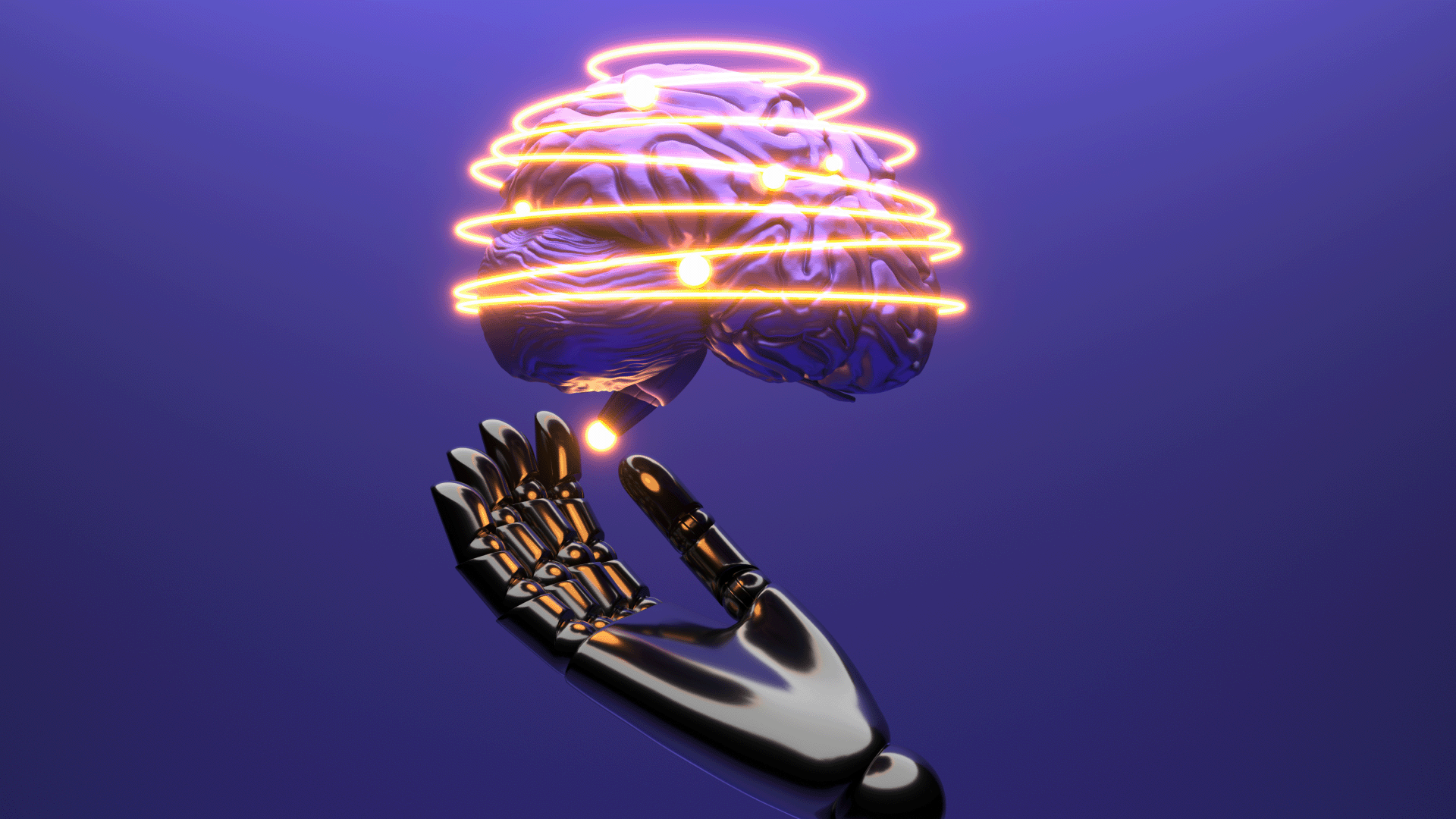
Welcome to another captivating blog post from Webikondri, your trusted guide through the fascinating world of technology and neuroscience. In this era of rapid digital advancements, neuroscience is playing an increasingly prominent role. It is the guiding light illuminating our understanding of the human brain, empowering us to decode its mysteries, and paving the way for innovations that blend science and technology to redefine human experiences. Today, we delve into a topic that fuses these two domains in a way that was once the stuff of science fiction: the intriguing relationship between neuroscience and the metaverse.
Introduction to the Metaverse
The metaverse, a term coined from “meta-“, meaning beyond, and “universe”, is a virtual reality space where users can interact with a computer-generated environment and other users. Imagine an interconnected digital world, a virtual universe where people can explore, create, and engage with content and experiences. The metaverse allows for limitless opportunities, from attending live concerts and exploring exotic locations to learning new skills and networking with professionals worldwide.
Neuroscience: The Heartbeat of Human Experience
Neuroscience is the scientific study of the nervous system. This complex, multidisciplinary branch of biology delves into understanding the structures and functions of the brain and the nervous system. It helps us understand human behavior, emotion, perception, memory, and learning, laying the groundwork for advancements that promise to transform society.
Neuroscience, the biological study of the nervous system, is a multidimensional field that bridges the gap between several branches of science, from biology and psychology to computer science and chemistry. It provides invaluable insights into how we perceive the world, process thoughts, and execute actions.
The human nervous system, with the brain at its core, is an intricate network of billions of neurons. These neurons, or nerve cells, communicate with each other through electrical and chemical signals. These signals orchestrate everything that makes us human, from our thoughts, emotions, and memories, to our motor skills and perception.
Bridging the Gap: Neuroscience and the Metaverse
The correlation between neuroscience and the metaverse is as enthralling as it is intricate. In the metaverse, technologies such as virtual reality (VR), augmented reality (AR), and artificial intelligence (AI) immerse users in digital realms. But how does our brain interpret and interact with these virtual environments? This is where neuroscience comes in.
Firstly, the interaction within the metaverse relies heavily on our understanding of the human brain and its perception. VR, for example, uses visual and auditory stimuli to create an immersive experience. It tricks the brain into believing it’s somewhere it’s not, thereby creating a perception of reality that isn’t physically present. Neuroscience helps us understand how the brain processes these stimuli, providing insights into improving VR technology for more realistic and immersive experiences.
Secondly, neuroscience can enhance user experience in the metaverse by providing insights into how people learn, react, and engage with different stimuli. This information can be used to design more intuitive interfaces, create engaging content, and tailor experiences to individual users’ neurological profiles. Imagine a virtual classroom that adapts to your learning style or a digital concert that responds to your emotional state. The possibilities are truly limitless.
Future Directions: Neuromodulation and the Metaverse
Looking ahead, the intersection of neuroscience and the metaverse points to incredible possibilities. One exciting area of research is neuromodulation, which involves directly stimulating the brain to improve cognitive function or treat disorders. Imagine if we could enhance our ability to learn in a virtual classroom, boost our creativity in a digital workshop, or even reduce feelings of isolation in a virtual social gathering. While these applications might sound like science fiction, ongoing research in neuromodulation suggests they could become reality.
Conclusion: A Brave New World
In conclusion, the relationship between neuroscience and the metaverse offers a tantalizing glimpse into the future of human experience. As we continue to understand the human brain better, we can create more immersive, engaging, and personalized experiences in the metaverse.
The potential of this intersection is vast and largely uncharted, promising exciting opportunities and challenges. At Webikondri, we will keep our finger on the pulse of this burgeoning field, guiding you through the enthralling journey that lies ahead. Stay tuned for more in-depth insights and breakthroughs that will shape our digital future. You can follow us on Instagram to explore more web 3.0 news
